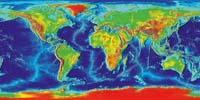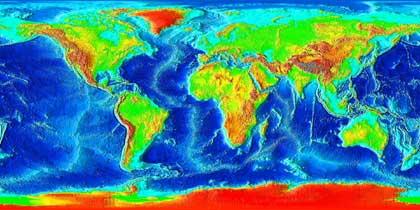Pellets to imitate the continental drift
2008/08/12 Lakar Iraizoz, Oihane - Elhuyar Zientzia
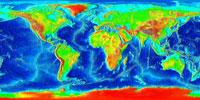
Well, some physicists at the University of New York have tried to explain why this distancing and cyclical distancing occurs. In fact, they have simulated the effect of the variable thickness of the earth's crust on convection currents.
They did it through a simple experiment: they filled with water and glycerin a three-liter tank and heated the liquid with a hot sheet under. Parallel to the heating of the water, a convection current was formed in which the liquid heated at the bottom increased by losing density and the upper liquid colder down, due to its higher density. In this way, a circular current was formed.
Once the convection current was formed, half of the surface of the bottom was filled with balls of three millimeters to see the influence of the balls. And, as was seen, the influence was considerable, since they varied much more often the sense of the current and, at the same time, they moved from one side to the other of the tank.
Once introduced, the balls were piled on one side of the tank because the liquid rotated in a sense. In this way, the balls were placed between the sheet that gave heat to the liquid and the liquid, which made it difficult to pass the heat. In the area where there were no balls, the water continued to warm with the initial force. Therefore, the water of the area began to rise, that is, the convection current turned around. When the current rotates, the balls began to push across the other side and began to move to the other end. Then the process is resumed.
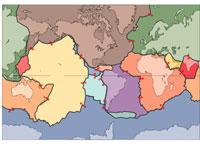
...
(OR)Bolitas and continents, 'the same'
What has it had to do - I would already ask more than one yourself - with the movement of the continents of the Earth? As physicists themselves say that systems are very similar. In the case of Earth, the balls would be continents and, instead of being in the bottom of the tank, would float above. The liquid would be the mantle located under the earth's crust.
At this moment, due to the heat emitted by the core of the Earth, the convection currents in the mantle are turning in a sense that is the one that drives the continents. At some point, however, all continents will join in some area of the Earth, that is, a supercontinent will form in the form of Pangea that was in its day.
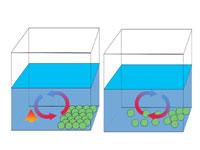
Since the subcontinental surface is much thicker than that found under the oceans, researchers say that the supercontinent will have a similar function to the balls. Apparently, the heat emitted by the earth's mantle will be stored under the supercontinent and the underwater mantle of the seas will become colder than the subcontinent.
This will cause the coldest material to sink and the convection currents that the continent has accumulated in an area give a spin. Then, the new currents created will not only provoke convergence, but the separation between them.
According to scientists, this has occurred in the history of the Earth, every 200-250 million years. Therefore, it seems that before Pangea there were other encounters and distinctions, which will occur from now on. (OR): The continents we currently know are part of the structures called tectonic plates. These tectonic plates float on the mantle. Bolitas: Scheme of the experiment carried out by the team of the University of New York. By stacking the balls to one side of the tank, the convection current rotates.
Published in 7K.

Gai honi buruzko eduki gehiago
Elhuyarrek garatutako teknologia




